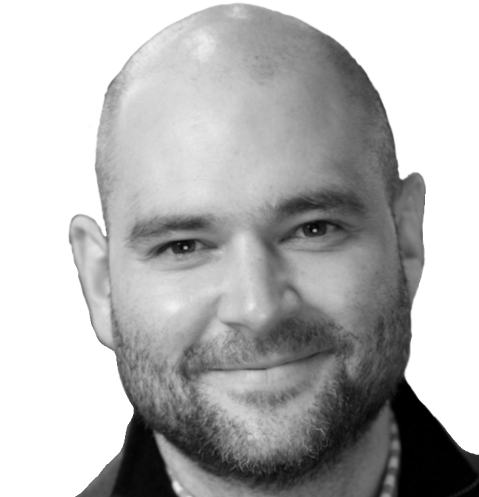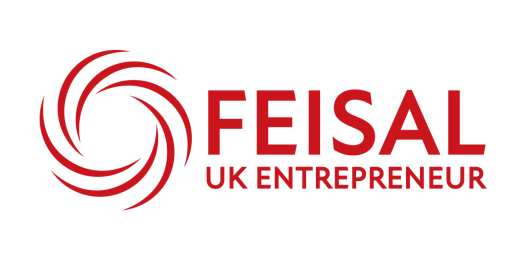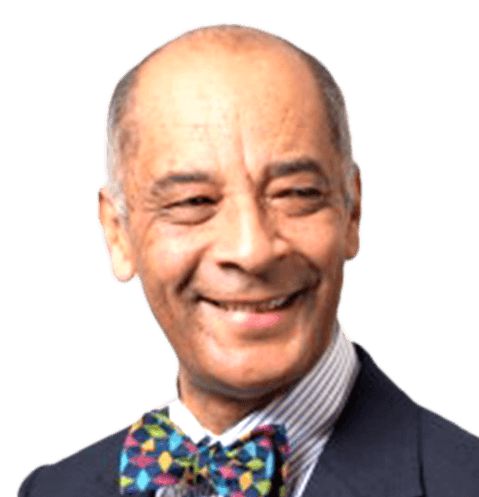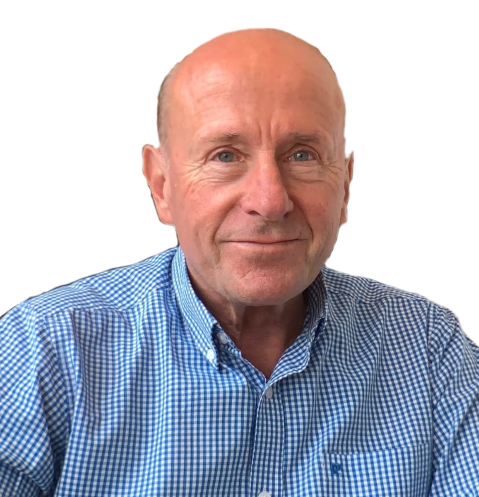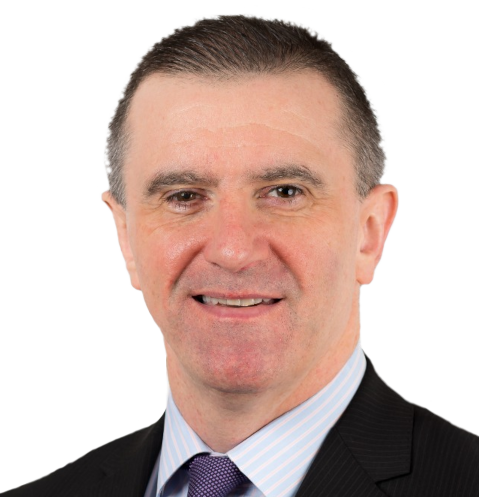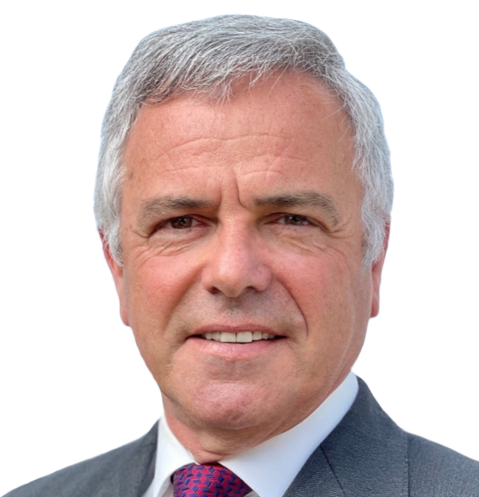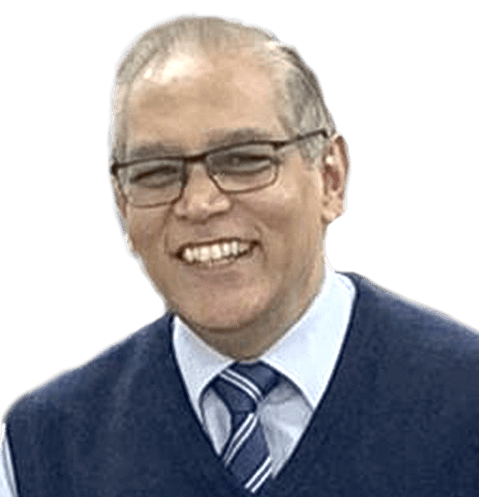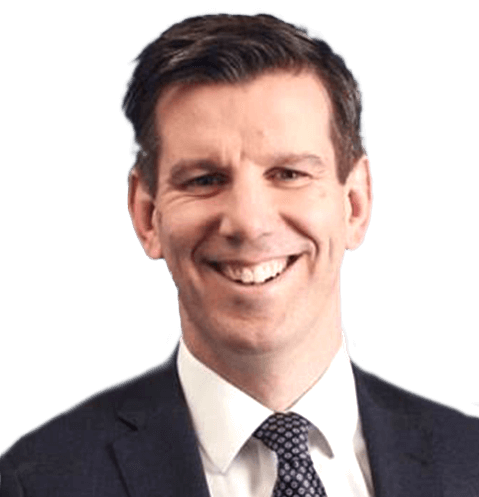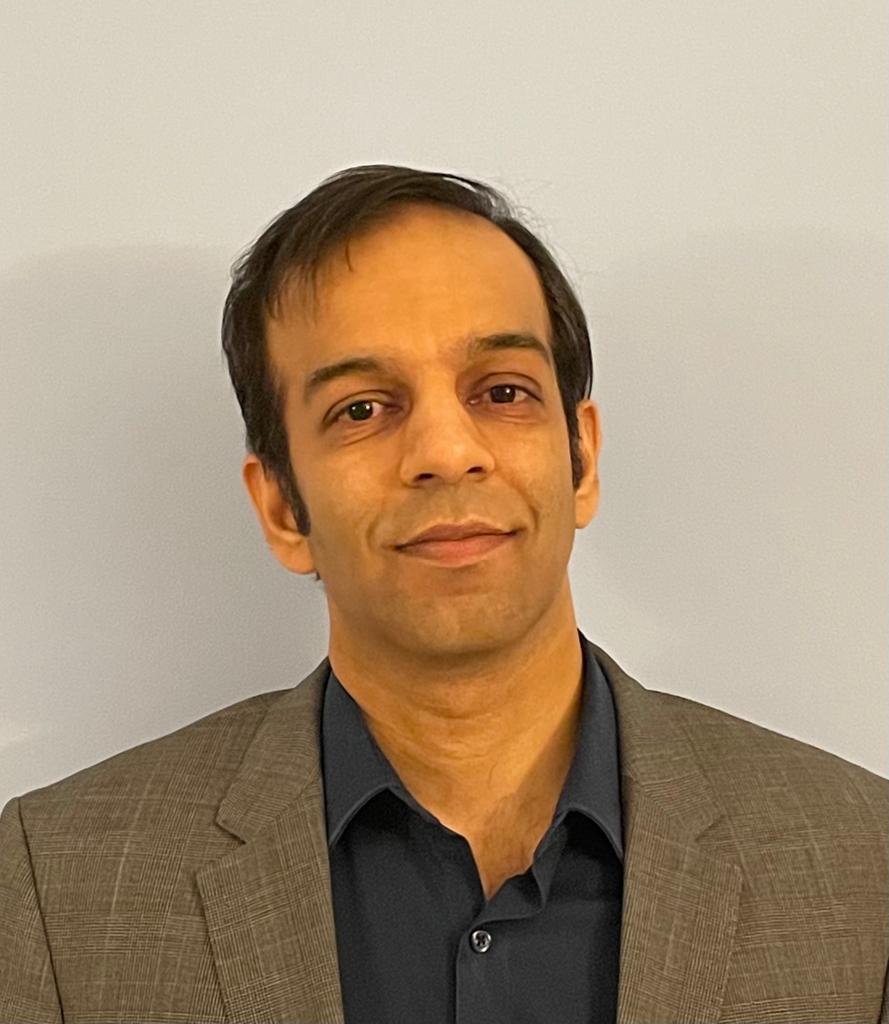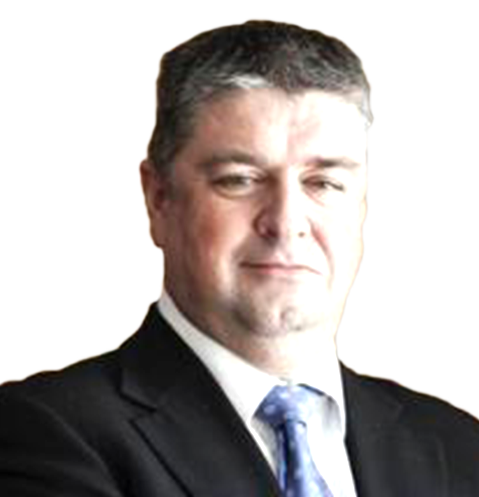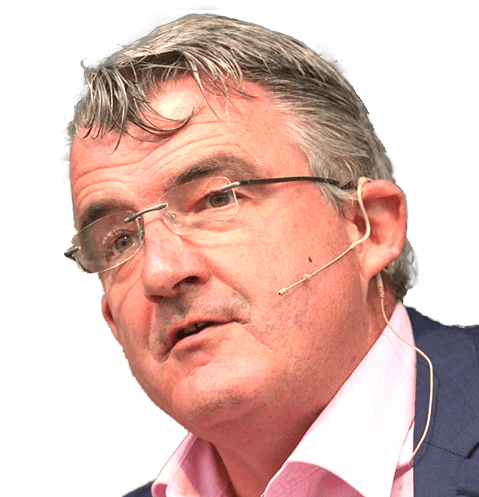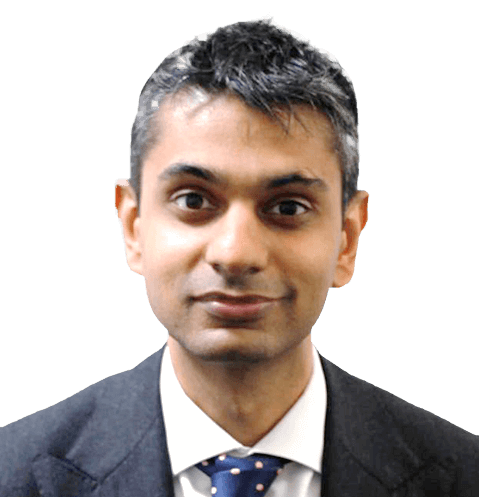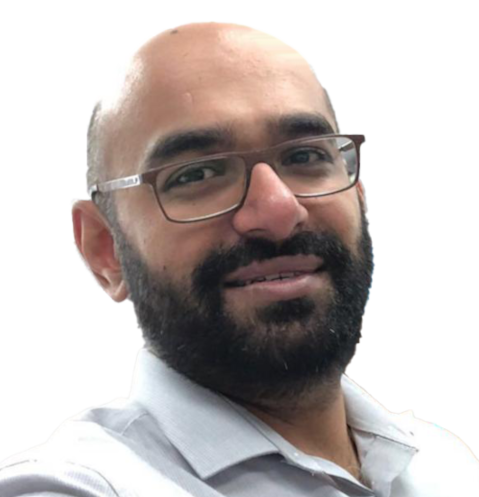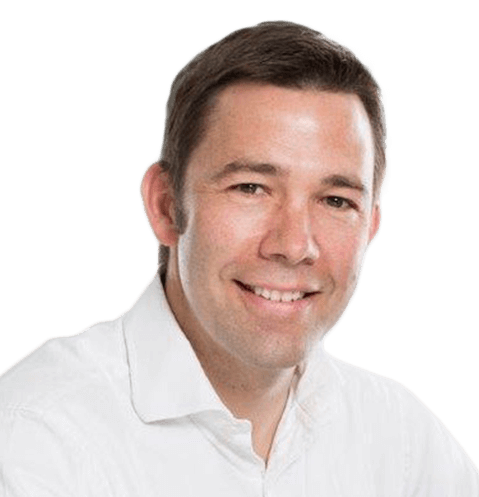Overnight Multiple Merger Group
Home »
Featured Press Release
‘Overnight Multiple Merger Group (OMMG)’ launches the ‘leading business model of the future.’
The OMM Group has officially launched the ‘new overnight multiple merger model’. Whilst the model has been successfully operating for almost 2 years, the company has officially made the model available for licensing across all industries and across all countries worldwide. The principle of the model is to simultaneously merge a substantial number of successful and profitable companies operating within the same industry. The OMM Group will now work with extremely ambitious entrepreneurs who wish to build an immediate ‘corporate giant’ at low cost, maximum speed and with substantial profit and value. The cost of ambitious entrepreneurs licensing the model ranges between £10m and £50m, and can be funded through a smaller upfront payment. The balance can be paid with the incremental value created by the model.
Traditionally, merging two companies can be extremely challenging as both sets of management teams need to agree on several business principles, objectives, values, and ongoing business strategy. The ability to merge over 100 companies overnight has been described as a corporate miracle, something no human has ever achieved or probably attempted. The first miracle existed with the formulation of the Xeinadin Group, a 122-accountancy firm overnight merger. Whilst the planning of the merger took over one year, the execution of the model took place overnight on 31st May 2020. The official Xeinadin consolidation on 1st June 2020 became the largest of its type in world history. Over 200 equity accountancy directors were involved with the substantial transaction, with all agreeing to a shared vision, shared business strategy and timeline. Many believed the miracle was a one-off, yet founder Feisal Nahaboo repeated the ‘Overnight Multiple Merger Model’ in pharmacy with approximately 200 UK and Ireland pharmacies merging overnight. Both models were built discreetly with competitors unable to see the speed or intensity of both models new emerging market rival. Both models consolidated within 18 months of each other, creating two potential leading businesses in their respective industries.
The overnight multiple merger model is incredibly unique. It aims to headhunt successful and highly profitable businesses and amalgamates them collectively into one group. Each merger model is built with no planned debt. This is extremely rare and unusual, but makes the business more robust and attractive to third party investment, including worldwide market listings. Each OMM model is built to be extremely credible, with highly skilled and qualified operators running each of its locations. By example, Xeinadin is a Chartered Accountancy business with hundreds of qualified personnel. It is regulated by ICAEW. Alitam is a pharmacy business. Alitam is also highly regulated with the business employing a significant number of superintendents.
The OMM Group has carefully systematised the entire implementation process of the model enabling licensing to be most effective. The model is impossible to replicate without inside knowledge, creating enormous value in its licensing ability and major competitive advantage for those who license the model through OMM Group. The Group founder Feisal said: “We’ve created not just one, but two successful operations now. We have the knowledge and experience of launching both models. The OMM works fantastically well. We needed less than a handful of staff to build and deliver two major movements in two respectable industries in accountancy and pharmacy.
Both were built in an incredibly challenging 2020 period. We can help build substantial businesses fast with low cost whilst creating enormous top end values. This is a new futuristic business model and on launch we expect a substantial number of enquiries on licensing our business strategy and business model. Entrepreneurs can negotiate terms for a license. Down payment will be a seven-figure sum and in return, we aim to create £200m+ of additional value within 12-24 months of signing and substantially more thereafter.”
THE FULL PRESS RELEASE IS OUT ON 7th March 2021.
Recent Press Releases
About OMMG
Build a top-20 company ‘overnight’.
The Overnight Multiple Merger Model (OMMM) is a highly effective business structure that can maximise the viability and operation of any business.
Known as the OMMM, the model clearly outlines substantial ability to generate fast market share, mass sales, high profit and major value. The OMMM is the ultimate ‘value-based blueprint’ whilst acting as a detailed roadmap for incremental ongoing business growth. 122 accountancy companies merged ‘overnight’ to form around a top-12 accountancy practice. It is the largest professional services consolidator of its type in the UK and Ireland regions. Accountants are conservative by nature. They understand business value yet the accountants chose the OMMM as their preferential model of growth. Day-by-day, leading business persons are looking to build an ‘overnight multiple merger’ alongside the OMMG.
Developing substantial-sized businesses takes much time, cost, resources and risk! By licensing an ‘overnight multiple merger model’ you could have your own top-20 company in any industry ‘overnight’.
It is the largest professional services consolidator of its type in the UK and Ireland regions.
OMMG has trade secrets to help you achieve an ‘overnight multiple merger’. We will help you merge all the companies without you paying for any of them, yet you will be a major shareholder and founder of your newly formed group. This is one of the smartest ways to build a substantial-sized business. The mergers are all FREE!
In OMMG you will have a proven business partner that will build the business for you or/and alongside you. You choose! We guarantee much of our work meaning you encounter less financial risk yet you maximise your opportunity to achieve a substantial business. If you are inpatient and want your business to be built overnight by leading experts then contact us now.
Examples of interested parties include leading premier league footballers who are considering their careers post playing football. Other parties include proven business executives in UK and Ireland, whilst agents of HNW individuals in the middle east have recently enquired into the model.
There are 54 Business Models listed below.
Here are Feisal’s favourite top 15 business models:
- Overnight Multiple Merger Model
(Examples: Xeinadin, Alitam) - Franchise business model
(Examples: McDonalds) - Blockchain-based business models
(Examples: Bitcoin, Ethereum) - Freemium model
(Examples: Zoom, Dropbox) - Subscription-based business model
(Examples: Netflix, Amazon Prime) - Peer-to-peer business model
(Examples: Airbnb, Uber, eBay) - Razor and blade revenue model
(Examples: Xbox, Nespresso) - Attention merchant business model
(Examples: Snapchat, Instagram) - Multi-sided platform business model
(Example: LinkedIn) - Affiliate business model
(Examples: MoneySavingExpert.com) - Consulting business model
(Examples: McKinsey, BCG) - User-generated content business model
(Examples: YouTube, Quora) - Multi-brand business model
(Examples: Unilever, Nestle) - Family-owned integrated business model
(Examples: Ford, Prada, Walmart) - Direct sales business model
(Examples: Herbalife, Avon)
Here are 39 other popular worldwide used business models:
- Affiliate business model
- Aggregator business model
- Agency-based business model
- Asymmetric business models
- Barbell business model
- Bidding multi-brand platform model
- Blitzscaler-mode business model
- Bundler model
- Cash conversion cycle or cash machine model
- Discount business model focusing on high quality
- Distribution based business model
- Direct-to-consumers business model
- E-commerce marketplace business model
- Educational niche business model
- Feeding model
- Free-to-play model
- Freeterprise model
- Gatekeeper model
- Humanist enterprise business model
- Enterprise business model
- Lock-in business model
- Instant news business model
- Market-maker model
- Multi-business model
- Multimodal business model
- Multi-product (Octopus) business model
- On-demand subscription-based business model
- One-for-one business model
- Open-Source Business Model
- Platform-agnostic model
- Platform business model
- Privacy as an innovative business model
- Self-serving model
- Space-as-a-service model
- Surfer model: reverse-engineering the gatekeeper
- Three-sided marketplace model
- User-generated AI-amplified model
- Unbundler model
- Vertically integrated business model
Meet the Management Team
Executive Board
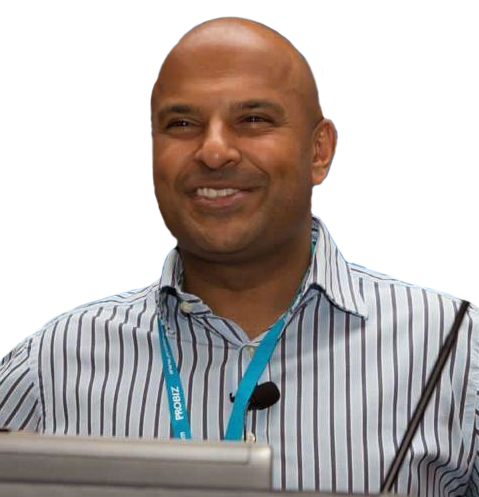
Feisal Nahaboo
Founder
read bio
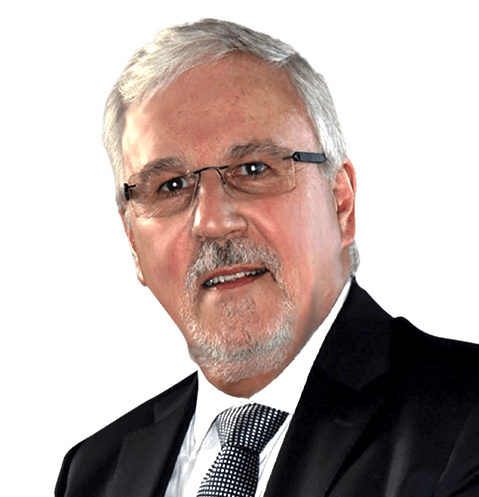
Arnold Wylie
Interim Financial Director
read bio
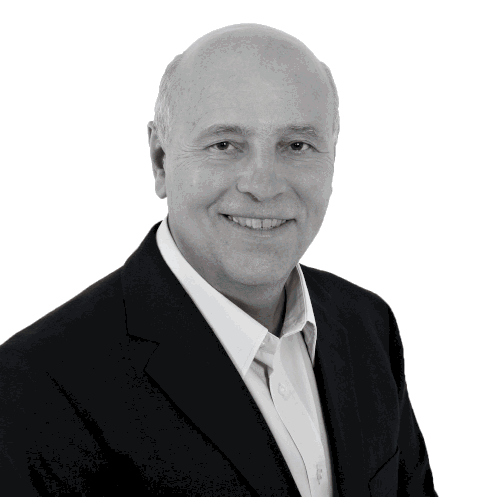
Bob Stebbings
Chairman
read bio
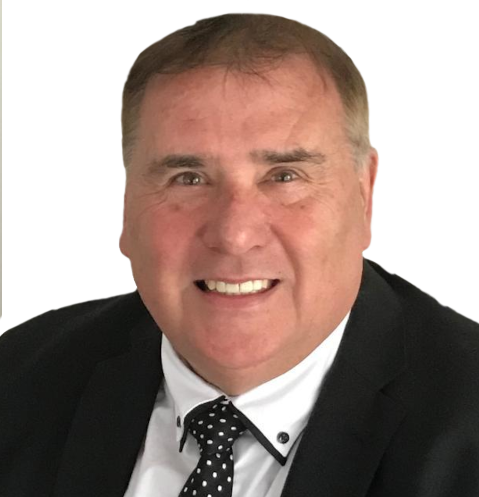
Jim Baker
Senior Independent Director
read bio

Ray McSharry
Head of Corporate Governance
read bio
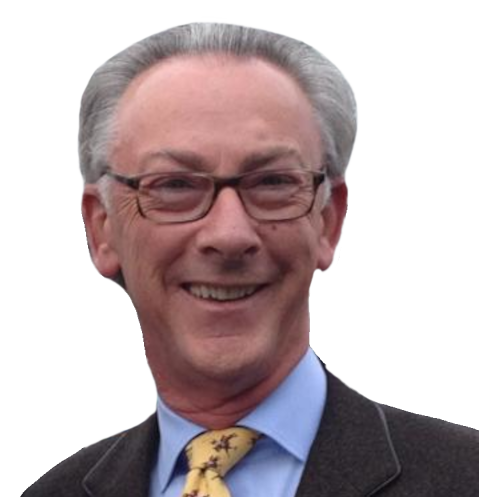
Jim O’Donovan
Non Executive
read bio
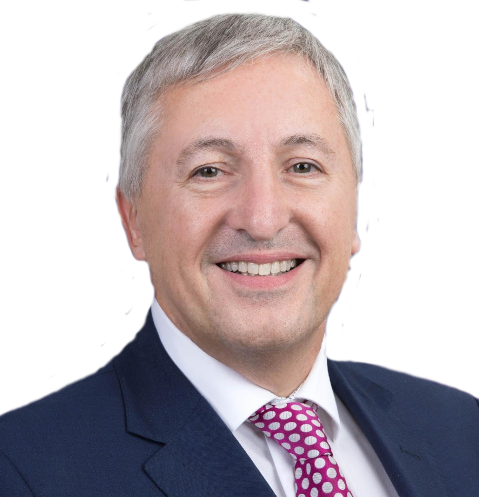
Nigel Payne
Non Executive
read bio
Strategic Board
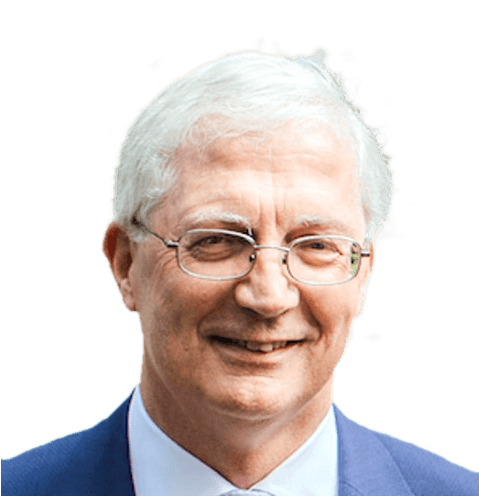
Peter Weedle
Director
read bio
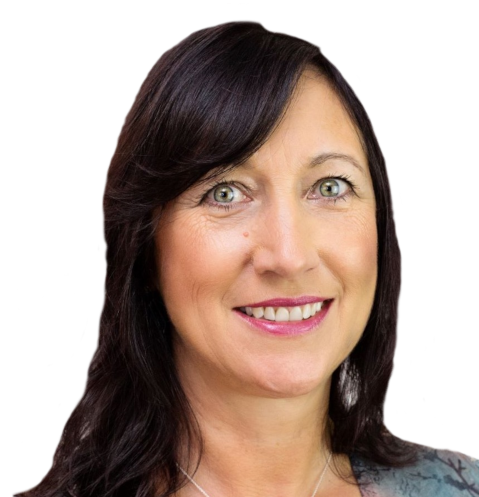
Melinda Atkinson
Director
read bio

Billy Mulhern
Director
read bio
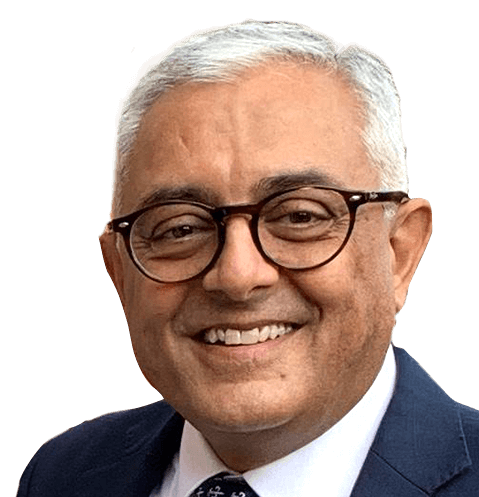
Mukesh Pandit
Director
read bio
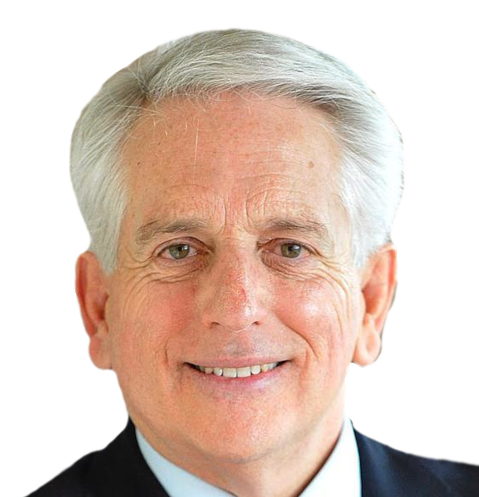
Mike Ogilvie
Director
read bio
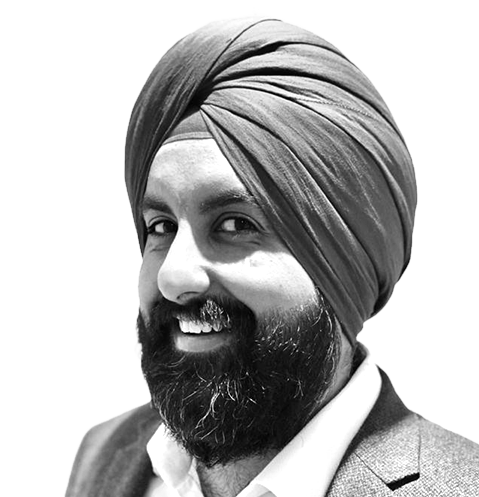
Sukhijit Gill
Director
read bio
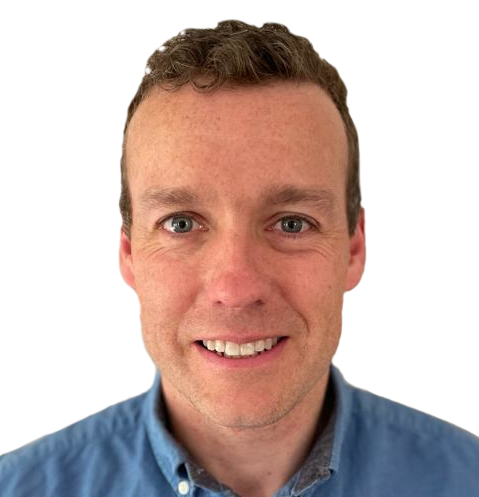
Patrick Corry
Director
read bio
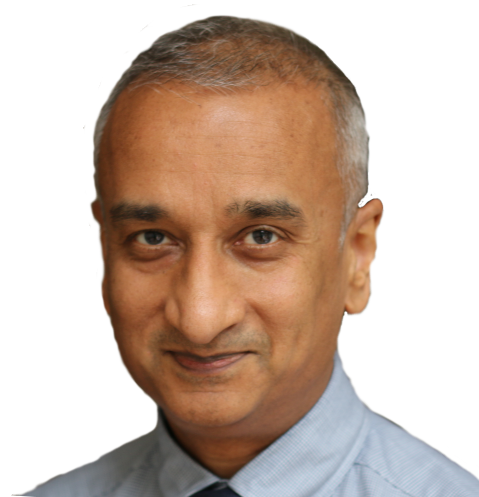
Raj Patel
Director
read bio
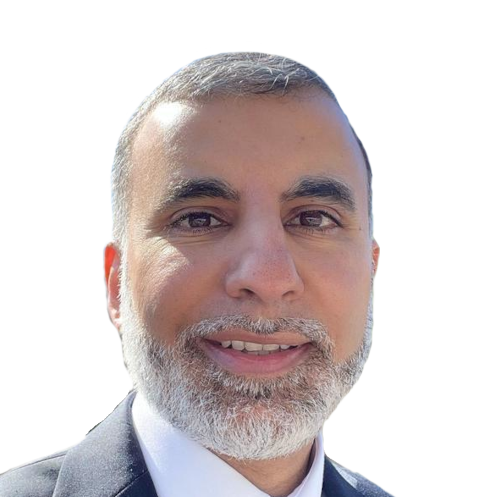
Waseem Yasin
Director
read bio
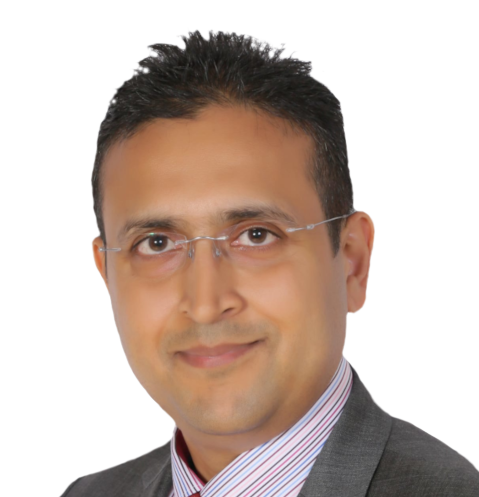
Kalpen Patel
Director
read bio
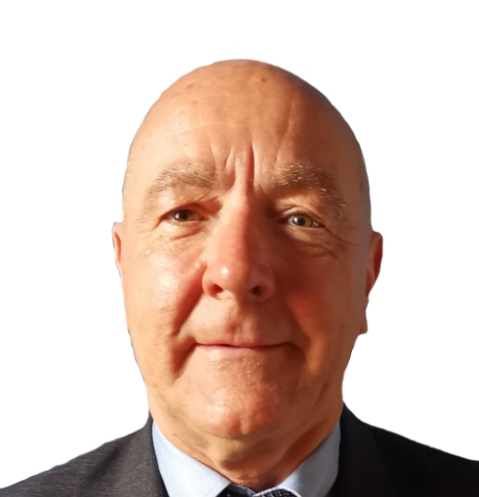
David Houston
Director
read bio
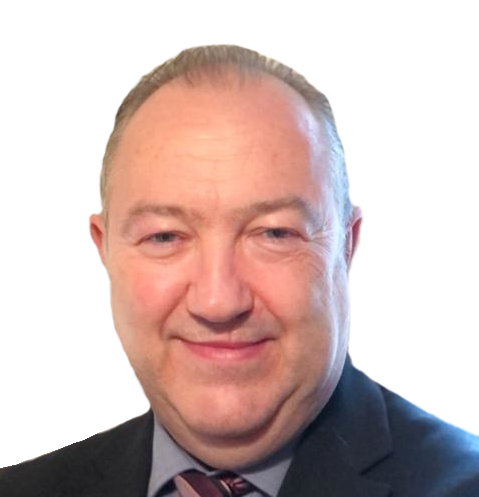
Peter Pring
Director
read bio
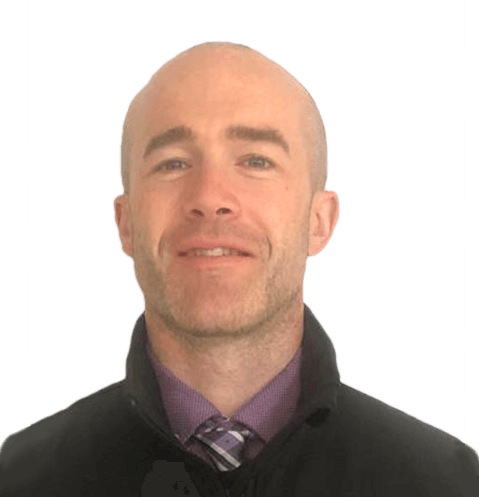
David McNally
Director
read bio
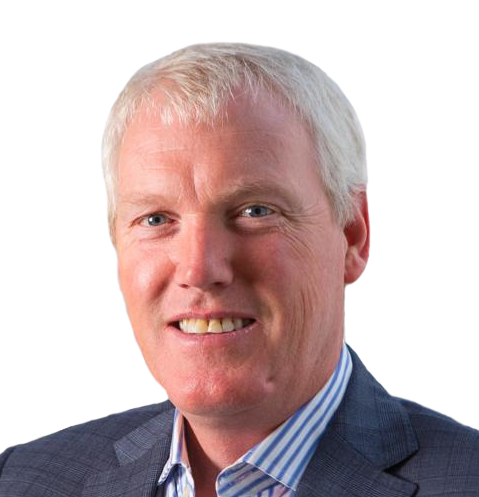
Paul Bushell
Director
read bio
Overnight Merger Model v Franchise Prototype
10 reasons why FEISAL’s ‘Overnight Merger Model’ is more effective than the traditional Franchise Prototype Model
- Overnight Merger Model (OMM) purchases established businesses with high profits. Franchisees are often start ups with no profit and can even begin their operation with debt.
- OMM has skilled and qualified operators. By example, Xeinadin is a Chartered Accountancy business with hundreds of qualified personnel. It is regulated by ICAEW. Alitam is a pharmacy business. Alitam is also highly regulated with the business employing a significant number of superintendents. Franchisee models focus on selling a box of tricks and then training the owners, etc. In comparison, franchisees employ less qualified personnel. Whilst the industry may be regulated, the personnel purchasing the franchisee may not be.
- OMM is extremely rare in that each model is designed to have no debt and no loan either on consolidation or shortly thereafter. Franchisees are likely to have debt from day 1.
- OMM equity directors operate in the mainstream business. They are key shareholders of the main company. Franchisees tend to run differently. A franchise normally has a head office with its mainstream company and accounting separated from its franchisees. This implies that the OMM has more skilled and qualified personnel at equity director level, as each subsidiary owner is operating for the mainstream business.
- It’s more cost effective to begin an OMM. Xeinadin Group and Alitam Group were both initially built with just 3 staff needed. A franchise operation is likely to need a head office earlier on, carrying a significant higher level of cost.
- The OMM has a solvency plan funded by entrants using their existing profits from their businesses. Franchisors charge franchisees who have yet to make profit. OMM avoids a debt ridden model and focuses on using existing profit to fund ongoing solvency.
- An OMM lists/floats all subsidiaries as franchise models tend to float just the head office (with royalties and licenses heading centrally from their franchisees). All equity owners of their subsidiaries benefit from a listing in the OMM as franchisees are unlikely to.
- In franchising most start ups are in debt and run a debt model as they strive to make profit over time. In the OMM equity directors are rewarded by their ongoing profitability and by the incremental value should the company undertake a stock market listing. Their existing levels of profits are used as a gage of value. OMM is built to create short term wealth for participants but yet allow entrants to continue there ongoing trade. Franchising creates value for main owners (franchisee) in brand recognition and systematisation. Franchisee focuses on sales rather than using immediate profits to create value.
- On entering consolidation – OMM plans to double/treble the value of all subsidiaries businesses. These values are subject to capital gains tax (currently a very low rate of tax in the UK). A franchisee entering a franchise model starts to plan for their value which could take many years to build.
- OMM builds a community spirited team of equity directors. They all operate for the mainstream business. Franchisees in a franchise prototype are unlikely to know each other. They are typically being guided by their head office rather than acting as a community.
Why does the OMM win?
OMM has more qualified and skilled workers. There’s more equity directors in the mainstream business. The equity directors can pool their knowledge and share this amongst each other as they have a vested interest to do so. They work hand in hand.
They drive one another on a daily basis and there is mutual respect amongst the community as all their businesses are profitable. All subsidiary owners enter the OMM with existing value. At worst each subsidiary can pay off any debts with any listing proceeds. Owners are planned to be cash rich and millionaires from listing but incentivised to continue their ongoing work.
The OMM is a team orientated environment across the group. The OMM is cost effective to get up and running and mitigates much risk in its setup. The OMM is likely to succeed as the model purchases profits only.
The OMM aims to double/treble values on listing. Founders and owners of the OMM only benefit from their hard work on a successful float. This keeps entrants profitable. There’s more equity beneficiaries within the OMM model. A high proportion of main equity directors become millionaires. The OMM reduces risk on day 1 by acquiring profitable established businesses only – no start-ups. Finally and very importantly, the OMM can ‘arbitrage’ on stock markets by buying profits at lower value once listed, with an intent to drive share value. Franchisees don’t tend to buy businesses in the same way but their model tends to focus on driving their sales by selling ‘systems in boxes and manuals’.
With the OMM more skilled equity directors join the movement. With the OMM you can add a franchising arm to the model but you can’t add an OMM to a franchise prototype. The OMM therefore has more agility and options for ongoing growth.
